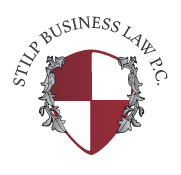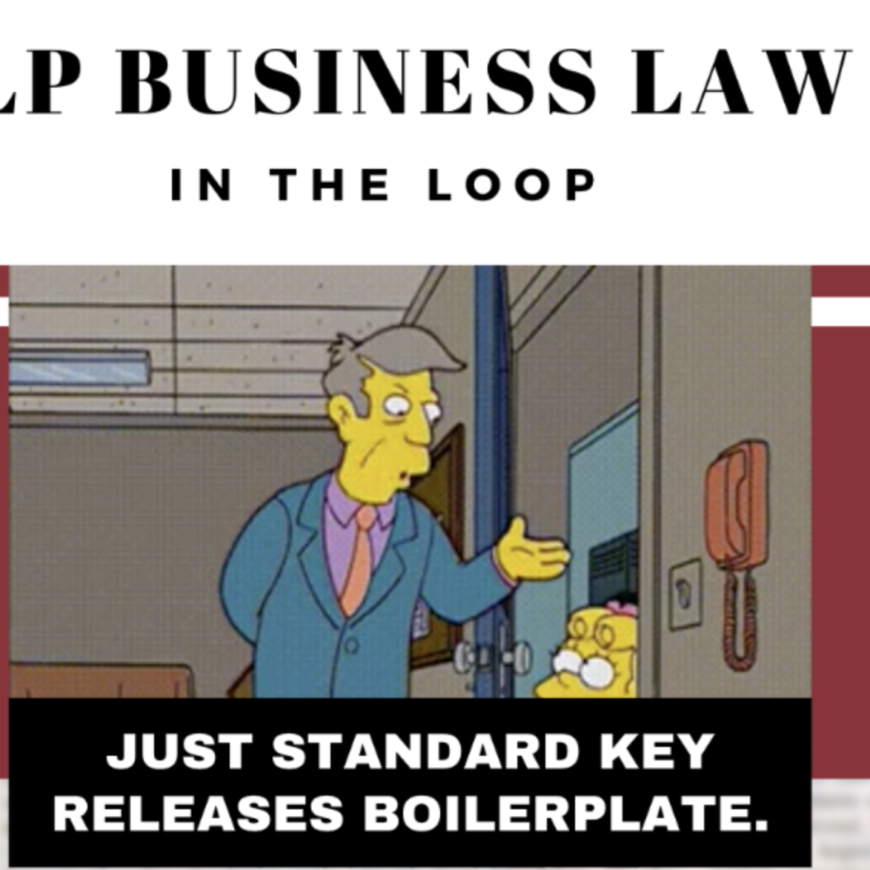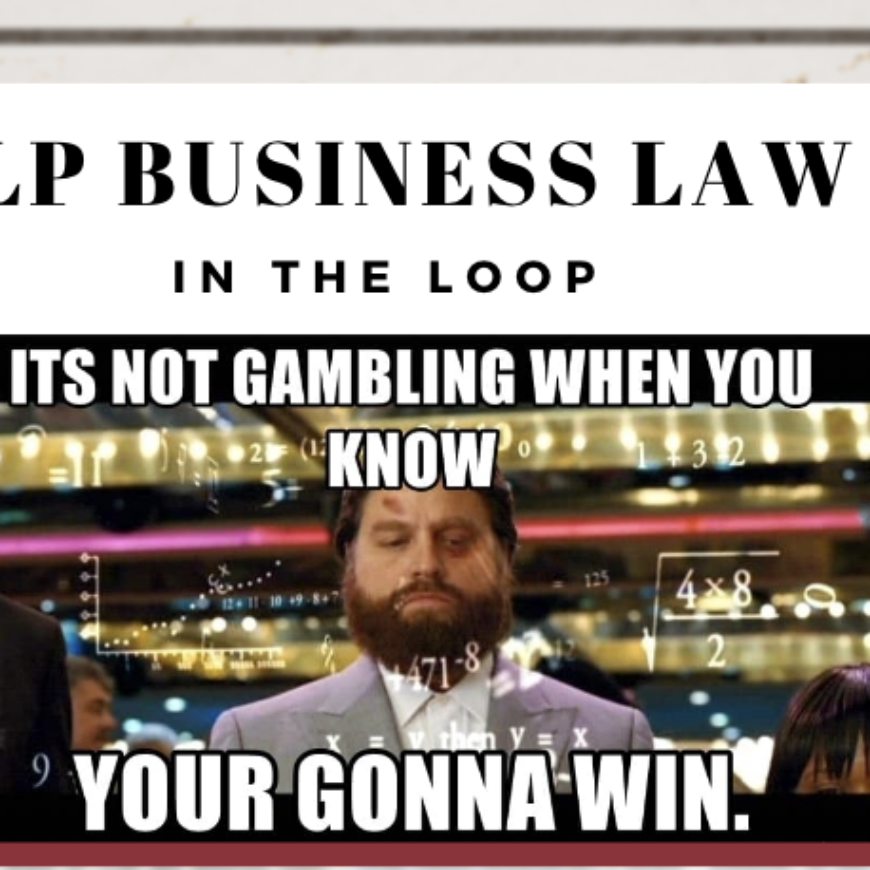Thomas Stilp, JD, MBA/MM, LLM, MSC
Happy New Year to everyone! This first 2019 edition of “In the Loop” will deal with a common problem in all lawsuits, of every nature, involving every type of litigant (the parties to the lawsuit) and every kind of claim.
For years, the Cook County Circuit Court was the largest unified court system in the world. Billions of dollars are at stake in its courtrooms every year.
Most lawsuits are settled out of court, many of them on the eve of trial after years of preparation. Many familiar with the system reluctantly accept the idea of spending a huge amount of time and money preparing for trials that do not happen as a necessary evil.
Somewhere between the filing of a lawsuit and the day of trial, the parties will be encouraged to discuss “settlement,” and wherever the case is in its development, there will be some kind of settlement discussion.
For purposes of illustration, a settlement conference with the judge might go something like this (based on a composite of real-life cases — as some will note, Illinois repealed the Structural Work Act which forms the basis of this account, but is used here to avoid any comparison with actual cases):
The lawyers enter the judge’s chambers. “Sit down,
fellas,” said the judge, as she leaned back in her leather chair. “What have
we got, a tort case?”
“Yes, judge,” said the plaintiff’s lawyer. “A Structural Work Act claim.”
“Can this be settled?”
“Judge, I’m always interested in settling cases, but I
haven’t heard anything from the defendant.”
“Your Honor,” the defendant’s attorney replied, “I don’t
think it’s incumbent on me to bid against a number I’ve never heard.”
“You’re right,” said the judge. “Let me first hear what this
case is about – keep it short, Counsel.”
“Your Honor, my client is a 39-year-old steel worker with
Otis Elevator. While working at the 225 Madison Building, he fell one
floor down the elevator shaft and broke his back. The shaft opening
lacked proper lighting and guard rails required by
OSHA [Occupational Safety and Health Administration].
He’s had two operations and hasn’t been able to work since.”
“What do you say?” the judge asked the defense attorney.
“I’ll concede that the situation is grave, Your Honor.”
“All right,” said the judge, turning to the plaintiff’s lawyer,
“what’s your demand?”
“Well . . . “ the plaintiff’s lawyer’s voiced trailed off.
“Listen,” said the judge. “I want a demand. Let’s see what
we can work with here.”
“Judge, my client will take, today only, $1.2 million.”
“That doesn’t seem terribly out of line,” said the judge.
“Can you meet it?”
“Judge,” the defense attorney began, “I’m sorry, but at this
time, I don’t have that kind of authority.”
“Look,” said the judge, “if you guys don’t settle this thing,
you’ll be tied up two weeks in a jury trial. And I don’t think I have to
remind you, counsel,” the judge said looking straight at the defense
attorney, “that you’re in Cook County, and the juries here are pretty
generous.”
“Judge, I think there is still a question of liability.”
“Fine,” said the judge. “You’ve got some complicated
issues here. But you know how juries are. The more cases are tried
before me, the more I think juries don’t understand the cases, or follow the
instructions I give them. A jury could come back with a verdict many
times what the plaintiff is demanding here . . . “
And on it goes. The judge speaks of the uncertainties of time, expense, and cost of litigation. To avoid this parade of horribles, the judge will say, the parties should settle.
The settlement conference highlights several common problems: (1) the judge was unfamiliar with the case; (2) the attorneys appeared without their clients, and one attorney did not even have settlement authority; and (3) the parties may have had unrealistic expectations that the judge did not, or could not, address.
A good attorney will know how to make a settlement conference effective, productive and far more likely to result in the resolution of the case. Settlements save money. Litigation stops when the parties settle. The parties are more likely to comply with the terms of a negotiated agreement than terms imposed by a court.
We always submit a “settlement statement” summarizing the facts, providing snippets of case law, and useful information to show why our client will win. We’ve frequently used what we call a judge pro tem, or “settlement facilitator,” who is a 3rd-party, a mediator, or retired judge.
Armed with information, the judge pro tem will know what to say to the other side, and the other side will see, even if they do not admit, that a settlement is in their best interest.
image source: http://www.financenews24.com/wp-content/uploads/2015/10/



